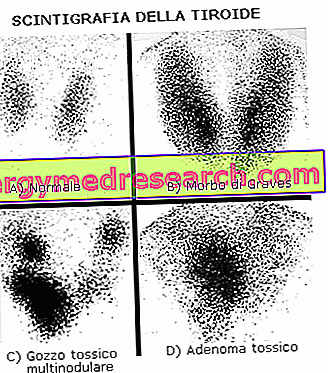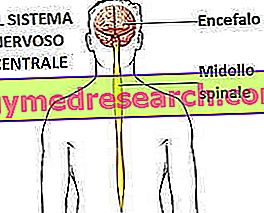Related articles: Hirschsprung disease
Definition
Hirschsprung's disease is a congenital malformation characterized by a defect in the innervation of the terminal part of the intestine.
The absence of ganglion nerve cells at the level of the intestinal wall leads to a partial or total functional obstruction, because in the region affected by the disease the peristalsis is absent or abnormal, therefore the segment affected by the disease always remains rigid and contracted. This causes stagnation of faeces and material and abnormal dilatation of the normally innervated proximal intestinal tract.
The disease is usually limited to the distal colon, but can also affect the entire colon or the entire small intestine. Rarely, "segmentary" lesions are observed.
Hirschsprung's disease occurs sporadically (unprecedented in the family) and is genetically determined, especially in the presence of mutations in the RET gene. Furthermore, it can be found in some more complex syndromes (Down's is the most frequent) or in association with gastrointestinal anomalies.
Most common symptoms and signs *
- Anorexia
- Diarrhea
- Abdominal pain
- Encopresis
- Abdominal swelling
- Functional Meteorism
- Nausea
- Gastrointestinal perforation
- Postite
- Growth delay
- Constipation
- He retched
- Biliary vomiting
Further indications
Hirschsprung's disease occurs already at birth or during early childhood (in 85% of cases, before the age of 4). Affected newborns present a partial or delayed release of meconium (first faeces) during the first 24 hours of life. Rejection of food and the tendency to vomit follows. The symptomatology includes Hirschsprung's disease, even increasing abdominal swelling, difficulty in evacuating spontaneously and general malaise. Sometimes, infants with very short segments of agangliosis have only mild or intermittent constipation, often with episodes of diarrhea.
In infants, the symptomatology of Hirschsprung's disease may consist of anorexia, loss of normal defecation stimulus and frequent intestinal infections.
The diagnosis must be made as soon as possible, as the normal development of the child can be compromised. Furthermore, the onset of Hirschsprung enterocolitis (toxic megacolon) is possible, a complication that can develop in a fulminant and fatal way.
The diagnosis is made starting from clinical observation, but must be confirmed by the barium enema and rectal biopsy. The histological analysis of the rectal gut tissue shows the absence of ganglion cells, while the opaque enema can show a diameter transition between the normally innervated proximal dilated colon and the narrowed distal segment (aganglion).
The treatment is surgical and usually involves the removal of the intestinal tract without ganglia. This intervention generally correlates to a good prognosis.



